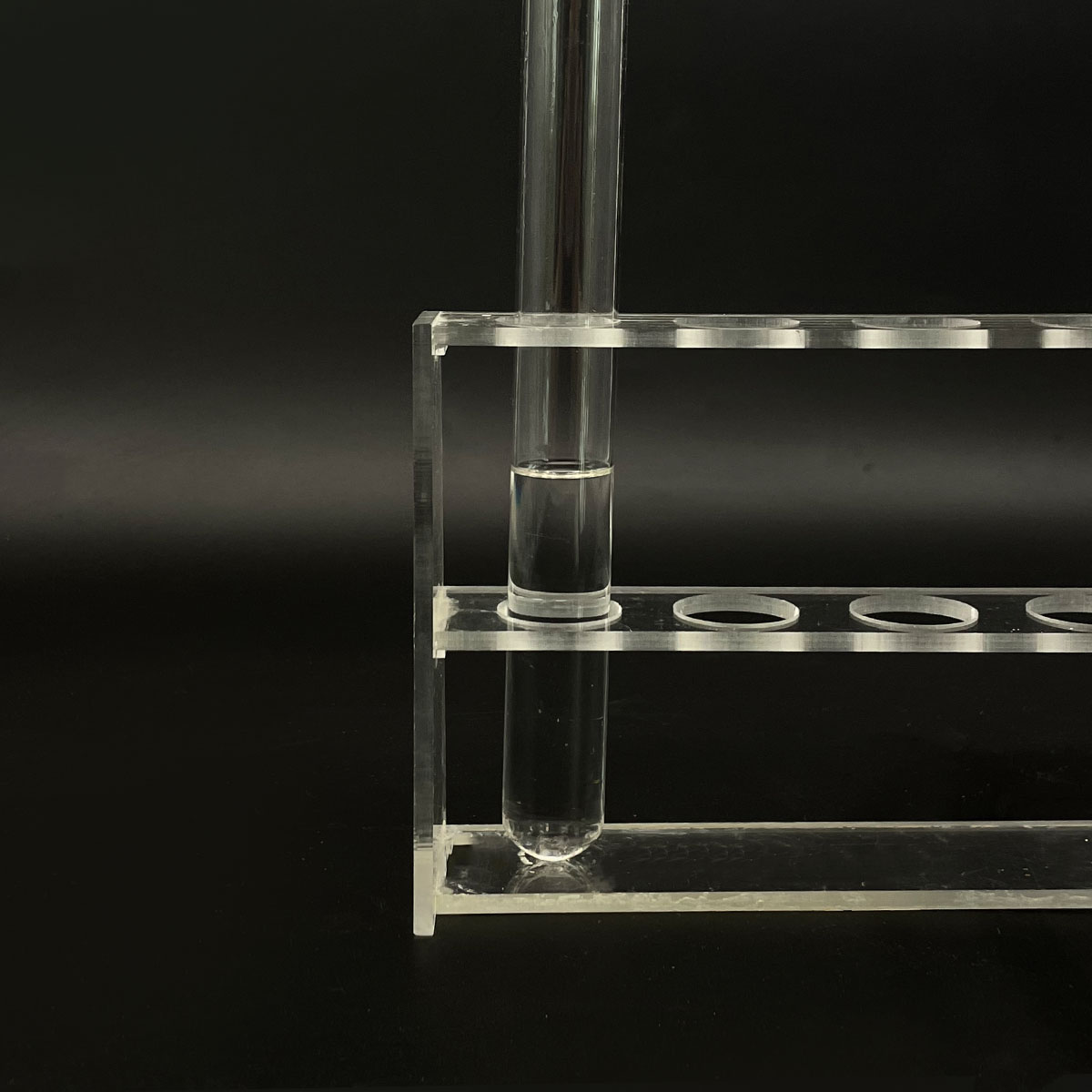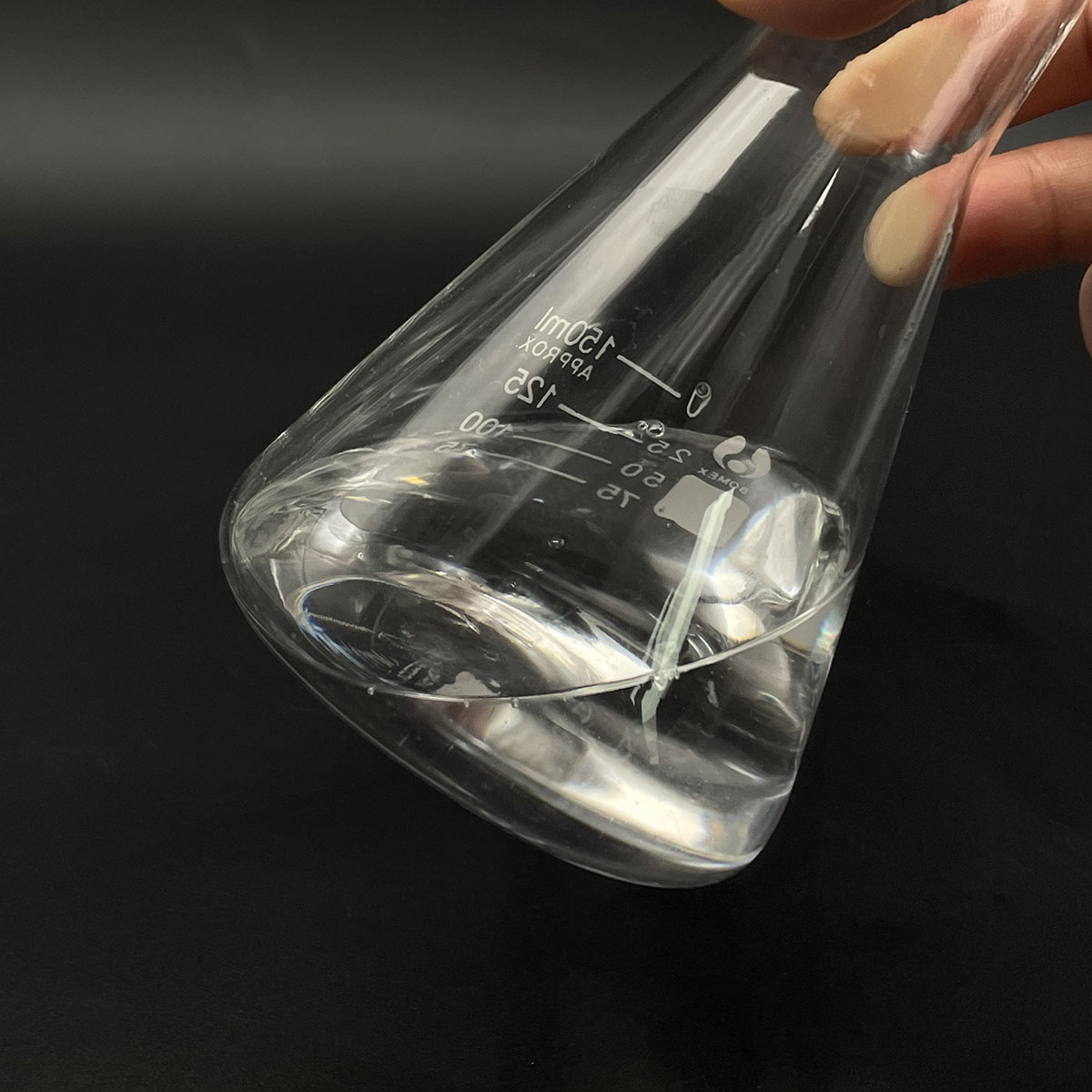The Hidden Heroes of Bubbles and Clean: Surfactants Explained
(What Is A Surfactant?)
You know that satisfying foam when you wash your hands? Or the way dish soap cuts through greasy pans like magic? None of that happens by accident. Meet surfactants—the quiet workhorses behind the scenes, making sure water and oil play nice. Let’s break down what these tiny molecules do and why they’re everywhere in your daily life.
Surfactants are short for “surface-active agents.” Fancy term, simple job. They’re molecules with split personalities. One part loves water. The other part hates it but clings to oil and grime. This split lets them act like mediators. Imagine two kids refusing to share a toy. Surfactants step in, grab both hands, and say, “Let’s work together.”
Here’s how it works. Water molecules stick tightly to each other. That’s why water beads up on surfaces instead of spreading. Oil and grease don’t mix with water at all. Surfactants weaken water’s grip by hanging out at the surface. Their water-loving ends dive into the water. Their oil-loving ends poke out, ready to grab onto dirt or oil. This creates gaps in the water’s surface tension. Suddenly, water can spread, soak in, and carry away messes.
Think of a greasy pan. Without surfactants, water just rolls off. Add soap, and surfactants surround grease droplets. The oil-loving parts latch onto the grease. The water-loving parts face outward. Now, the grease is trapped in little bubbles called micelles. Rinse it, and the water sweeps those bubbles away. Goodbye, grime.
Surfactants aren’t just in soap. They’re in shampoo, toothpaste, laundry detergent, even lotions. In shampoo, they lift oil from your hair. In toothpaste, they help spread the paste and create foam. In lotions, they mix water and oils to keep textures smooth. They’re also in pesticides, paints, and firefighting foams. Basically, if something needs mixing, cleaning, or spreading, surfactants are probably involved.
Not all surfactants are the same. Some are harsh, like those in heavy-duty cleaners. Others are gentle, like the ones in baby shampoo. Natural surfactants exist too. For example, lecithin in egg yolks helps bind mayo. But most are lab-made to fit specific jobs.
There’s a catch. Surfactants can harm the environment if not handled right. They might linger in waterways, affecting fish and plants. Many companies now create biodegradable options that break down safely. It’s a balance between cleaning power and caring for nature.
Surfactants also shape how products feel. Too much, and your skin feels dry. Too little, and shampoo won’t lather. Scientists tweak their formulas endlessly. Next time you see foam in your coffee or lotion gliding smoothly, remember—it’s surfactants doing the heavy lifting.
(What Is A Surfactant?)
These tiny molecules are quiet but essential. They turn impossible tasks into everyday miracles. From the kitchen sink to car engines, they keep the world running a little smoother. No capes, no fanfare—just science doing its thing.
Inquiry us
if you want to want to know more, please feel free to contact us. (nanotrun@yahoo.com)




